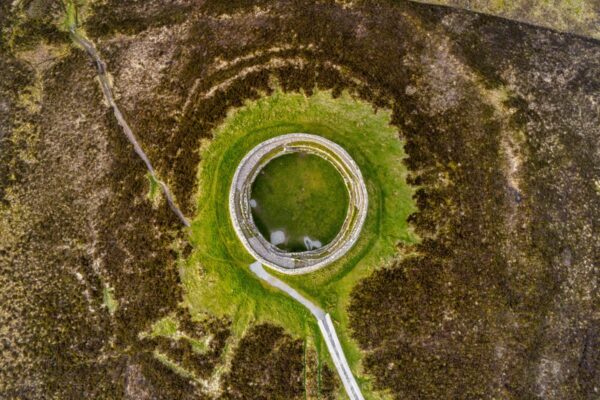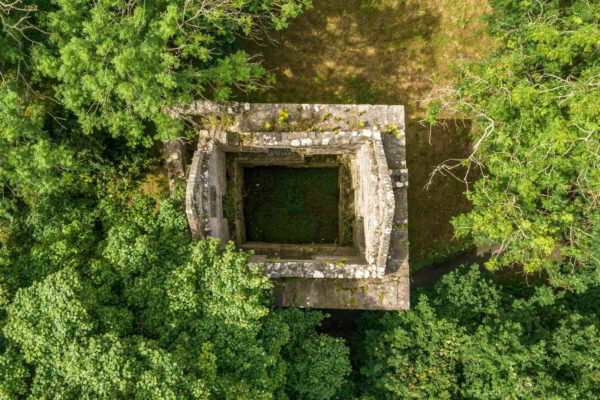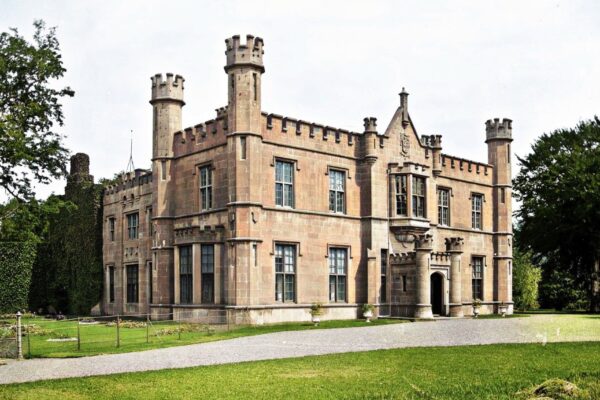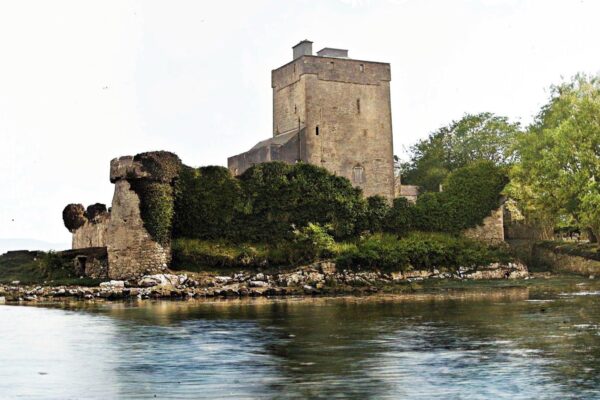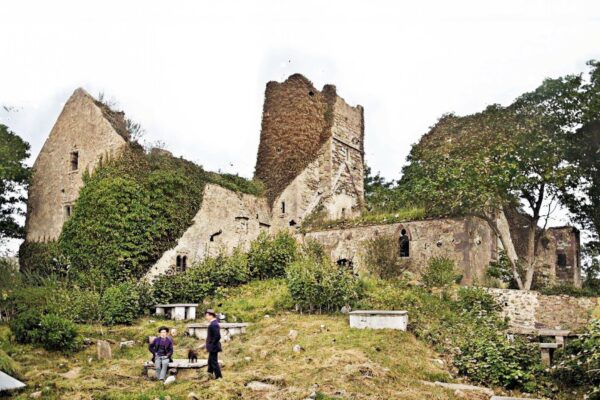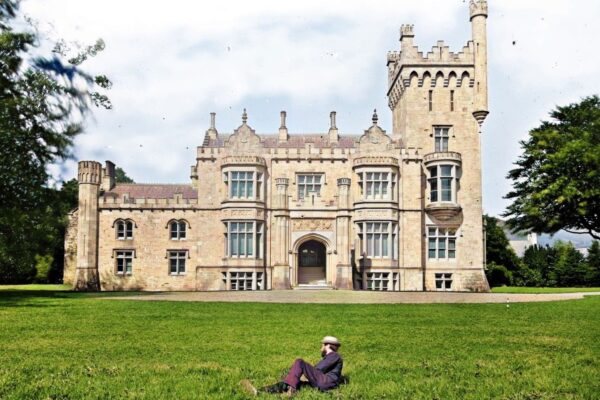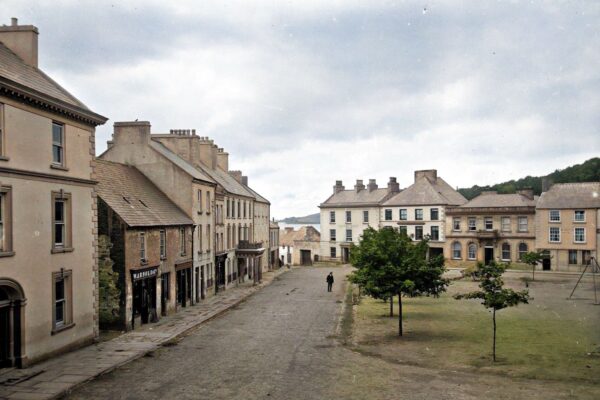Counties: Donegal
Grianán of Aileach, Burt, Co. Donegal
High atop an Irish mountain, the massive stone walls of an ancient royal fortress still whisper the secrets of forgotten kings, despite being deliberately dismantled stone by stone nearly a thousand years ago in an act of political revenge.
O'Doherty's Keep, Buncrana, Co. Donegal
A ruined tower house on the banks of the River Crana stands as the symbol of the O'Doherty clan's 300-year rule over Inishowen.
Camlin Castle, Ballyshannon, Co. Donegal
A grand Tudor Revival castle was blown to bits in the 1940s for a hydro-electric scheme, only for engineers to discover the waters would never have reached it anyway.
Doe Castle, County Donegal
A medieval fortress on the edge of Sheephaven Bay that sheltered Spanish Armada survivors and witnessed some of the bloodiest conflicts in Irish history.
Carmelite Abbey, Rathmullan, Co. Donegal
Founded in 1516 by Owen Roe MacSweeney for the Carmelite Order, Rathmullan Priory in County Donegal stands as a fascinating example of how religious buildings were repurposed during Ireland's tumultuous post-Reformation period.
Lough Eske Castle, Co. Donegal
The mid-nineteenth century Lough Eske Castle sits on layers of history, quite literally.
Donegal Castle, Donegal Town, Co. Donegal
Donegal Castle stands as a fascinating blend of Gaelic and English architectural heritage, positioned strategically where the River Eske meets Donegal Bay.
Historic town, Donegal Town, Co. Donegal
The town of Donegal sits at the head of Donegal Bay, overlooking the broad, shallow estuary where the River Eske meets the sea.
Oughterlin Mass Rock, Rathmullan, Co. Donegal
The Penal Laws (1695-1756) restricted Catholic religious practice in Ireland. During this period, Catholic worship moved to outdoor locations, with natural rock formations and boulders serving as altars for Mass.

